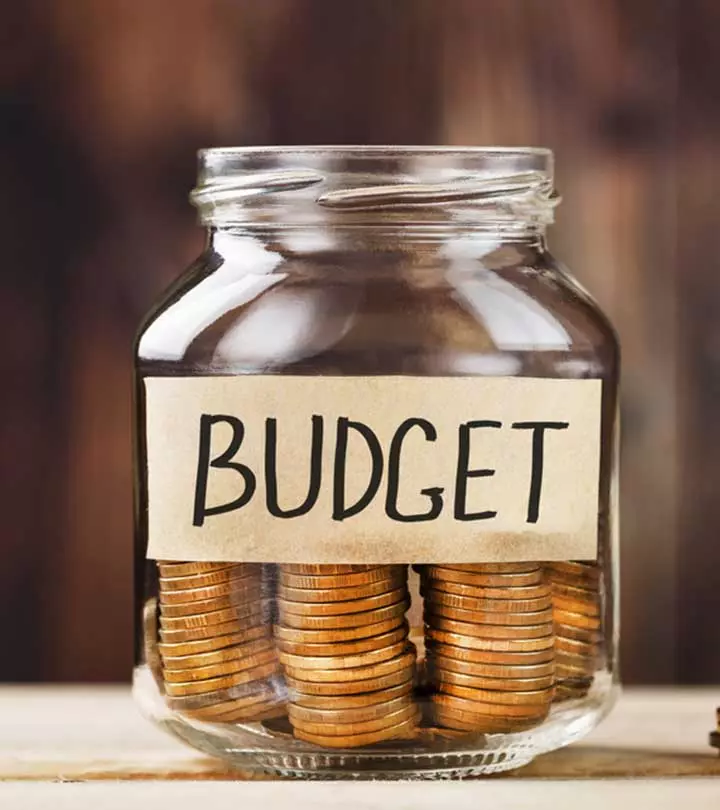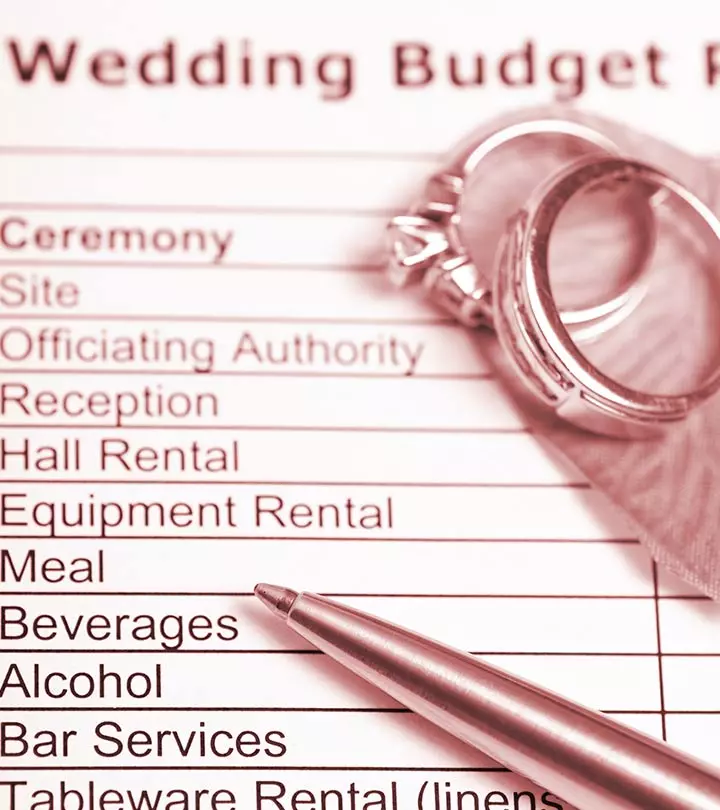How To Plan An Effective Budget

Image: Shutterstock
Employing a budget is a powerful asset for managing individual or family finances. With sufficient funds, a budget can help to drive you toward your aspirations. Conversely, if funds are limited, a budget empowers you to address debt and secure financial steadiness. In this article, we’ve formulated a universal budgeting approach that adeptly oversees both personal and family financial matters. Read on to learn more!
In This Article
1. Analyze Your Expenses
Before creating your inaugural budget, allocate a month for preparation. Document all your expenditures during this interval, encompassing everything from a loaf of bread to a gym membership. Access your mobile banking app for card payments or retain paper receipts for cash transactions. Ensure you maintain all your receipts diligently. At the end of the month, assess your expenses and classify them into categories like food, bills, internet, cell phone, beauty products, medications, clothing, footwear, and others. Customizing your category list is essential for constructing a personalized monthly budget.
2. Analyze Your Income
In conjunction with documenting your expenses, record your income as well. This is particularly important when your income lacks regularity, and you possess only an estimated figure for your monthly earnings. Devote a distinct category for each type of income. Whether it’s a salary, bonus, rental income, interest, or even cashback, allocate separate categories to account for every source of income.
3. Analyze Your Debts
Take a closer look at your debts to gain a comprehensive understanding of your financial obligations. Assess the types of debts you have, such as credit card balances, loans, or outstanding bills. Make note of the interest rates, due dates, and minimum payments associated with each debt. This analysis will empower you to prioritize and create a plan for managing and reducing your debts effectively. Remember, a clear understanding of your debt situation is the first step towards achieving financial stability and freedom.
4. Plan Your Month
Once you’ve tallied your debts, income, and expenses, and organized them into categories, proceed to devise your monthly budget:
- Calculate the total money required to cover all your outstanding loans.
- Outline essential monthly payments that are non-negotiable, such as groceries, bills, cell phone charges, and internet expenses.
- Draft a list of discretionary expenditures that could be eliminated if necessary, like movie outings or café visits.
- For each category, record the amount expended in the previous month. Aim to avoid pinpointing exact amounts and instead add a 10% buffer to each sum. This approach alleviates concerns about overspending and fosters a sense of financial comfort.
5. Optimize Your Debts
About 2-3 months into adhering to your budget, your financial landscape will likely become more defined. If you find yourself content with the current state, feel free to bypass this section along with the subsequent points. However, if concerns arise, here’s a concise guide to optimizing your debt management:
- In case your debt significantly encroaches on your budget, contemplate the possibility of restructuring or refinancing.
- Restructuring entails altering the terms of your debts. For instance, you might extend the loan’s duration while reducing the monthly installment amount.
- Refinancing involves securing a fresh loan with improved terms to settle the existing one. This can be sourced from the same bank or a different institution offering more favorable conditions.
6. Optimize Your Income And Expenses
- In the case of juggling multiple income streams, evaluate the time commitment dedicated to each and ascertain the value of an hour’s work. Divide your monthly income by the hours worked to determine the cost per hour. Compare these figures across your various income sources.
- The most impactful step involves streamlining your expenditures. Beyond adhering to the plethora of online suggestions, reevaluate all your expenses. Delve into every category, gauging the necessity of each allocation. For instance, assess whether an upscale restaurant visit is driven by a genuine affinity for the cuisine or merely a setting to converse with friends. If the latter, consider opting for a more economical option or opting for a leisurely stroll together.
7. Form A Habit
- Persist in diligently recording your expenditures and nurture it into a habitual practice. This practice ensures a better understanding of your earnings, expenditures, and opens potential avenues for saving should the need arise.
- Forge a monthly plan to facilitate the preparation for significant purchases, streamlining the decision-making process.
- Frequently refine your budget. Initially, aim for adjustments every 4 months in the first year, and subsequently, on an annual basis. This periodic analysis may reveal redundant categories that can be eliminated altogether, freeing resources for more meaningful allocations.
8. Try The 50/30/20 Rule
Employing the 50/30/20 budget rule offers a smart approach to fiscal conservation. This strategy allows you to allocate your income across three key categories: necessities, desires, and savings:
- Allocate 50% of your earnings to fundamental essentials such as a mortgage, rent, groceries, utilities, health insurance, transportation, loan minimum payments, childcare, and other must-haves.
- Dedicate 30% to your desires, encompassing dining out, vacations, entertainment like movie tickets and concerts, subscriptions (e.g., Netflix), nonessential clothing, hobbies, and more.
- Set aside 20% as savings, directed toward emergency funds, savings accounts, investments, gifts, and future endeavors.
- While this budgeting approach is elegantly straightforward, it may not be suitable for exceptionally high or low incomes. Nonetheless, for most situations, it provides a valuable lens through which you can monitor expenditures without the necessity of constructing an intricate budget plan.
From categorizing expenses to preparing for the future, you’ve unearthed the blueprint for fiscal triumph. Regular recalibration enables you to adapt to life’s changes. This art extends beyond finances; it mirrors your values and aspirations. So, what is your secret to budgeting? Let us know in the comments section!



























